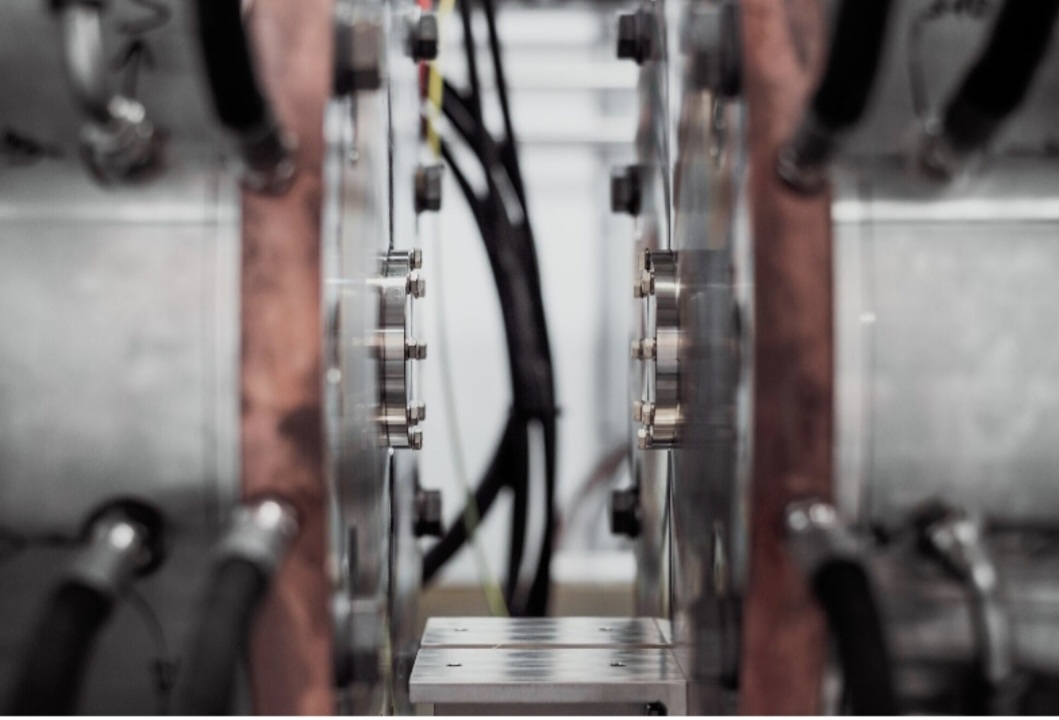Urban design has always been a dynamic field, adapting to the needs and challenges of growing cities. One persistent challenge in urban environments is the impact of wind, which can affect everything from pedestrian comfort to the structural integrity of buildings.
A significant innovation in this domain is the development of windproof pedestals. These structures are revolutionising the way cities are designed by providing stability to various urban elements, from outdoor furniture to large-scale public installations. By effectively countering the forces of wind, these pedestals ensure that urban spaces remain safe and functional, even in adverse weather conditions.
The Role of Wind-resistant Pedestals in Urban Design
Enhancing Pedestrian Comfort
One of the primary benefits of wind-resistant pedestals is their ability to improve pedestrian comfort in urban areas. High winds can create discomfort and even hazards for people walking or engaging in outdoor activities. By securing elements such as benches, tables, and shelters, these pedestals help maintain a stable and enjoyable environment for residents and visitors. This stability encourages the use of outdoor spaces, fostering social interaction and a vibrant urban life.
Increasing Structural Stability
Windproof platforms are crucial for ensuring the structural stability of various urban installations. Public art, signage, and other vertical structures are particularly vulnerable to wind forces. Traditional mounting methods often fail to provide adequate stability, leading to damage and safety risks. They offer a robust solution by anchoring these structures securely, reducing the likelihood of wind-related accidents and prolonging the lifespan of urban installations.
Technological Advancements in Wind-resistant Pedestals
Innovative Materials and Designs
Advances in materials and engineering have driven the development of windproof pedestals. Modern pedestals are often constructed from high-strength alloys and composites that offer superior durability and resist environmental stressors. Additionally, innovative designs incorporate aerodynamic principles to minimise wind resistance and enhance stability. These advancements make these pedestals functional and aesthetically pleasing, seamlessly integrating into urban landscapes.
Smart Technology Integration
Integrating smart technology into windproof platforms represents the next frontier in urban design. Equipped with sensors and connected to central monitoring systems, these pedestals can provide real-time data on wind conditions and structural stability. This information allows for proactive maintenance and timely interventions, ensuring that urban installations remain safe and secure. Smart windproof platforms also contribute to broader smart city initiatives, where data-driven insights enhance urban infrastructure’s overall efficiency and resilience.
The Future of Urban Design with Windproof Pedestals
Sustainable Urban Development
As cities continue to grow and evolve, the importance of sustainable urban development cannot be overstated. Wind-resistant pedestals are poised to play a crucial role in this process. By ensuring the stability of urban installations and supporting green initiatives, these pedestals contribute to creating resilient, sustainable urban environments. Their adoption will likely increase as cities seek to balance development with environmental stewardship.
Integrative Urban Solutions
The future of urban design will likely see windproof platforms integrated into broader solutions that address multiple urban challenges simultaneously. Combining windproof technology with renewable energy sources, for example, could lead to multifunctional installations that provide both stability and power generation. Such integrative solutions will enhance the efficiency and sustainability of urban infrastructure, paving the way for smarter, more resilient cities.
Windproof pedestals are transforming urban design by providing unparalleled stability to various structures and installations. Their ability to counteract wind forces ensures that urban spaces remain safe, functional, and enjoyable for residents and visitors alike. As technological advancements continue to enhance their effectiveness, these pedestals will undoubtedly play an increasingly vital role in shaping future cities, promoting both stability and sustainability in urban environments.
















